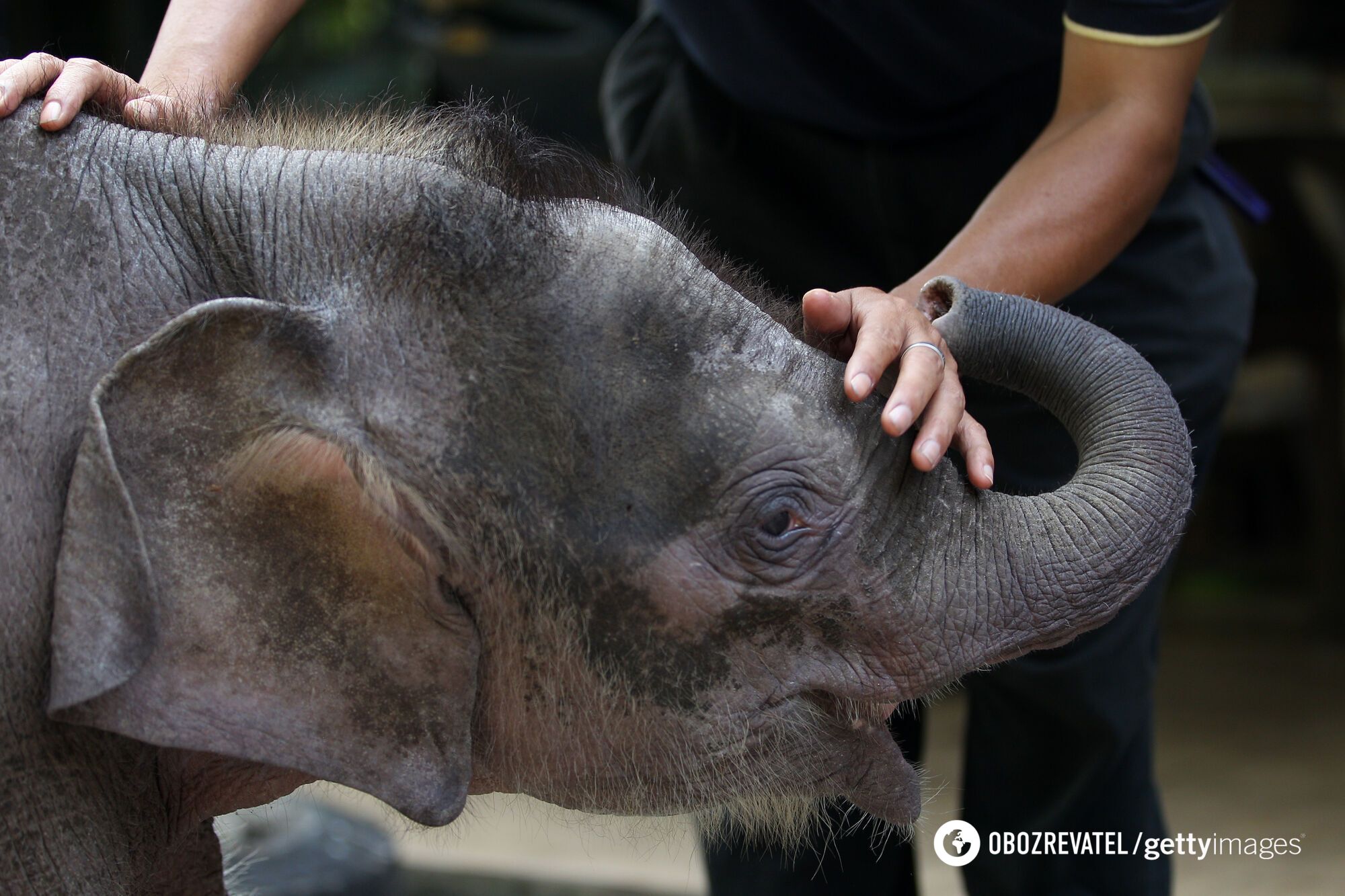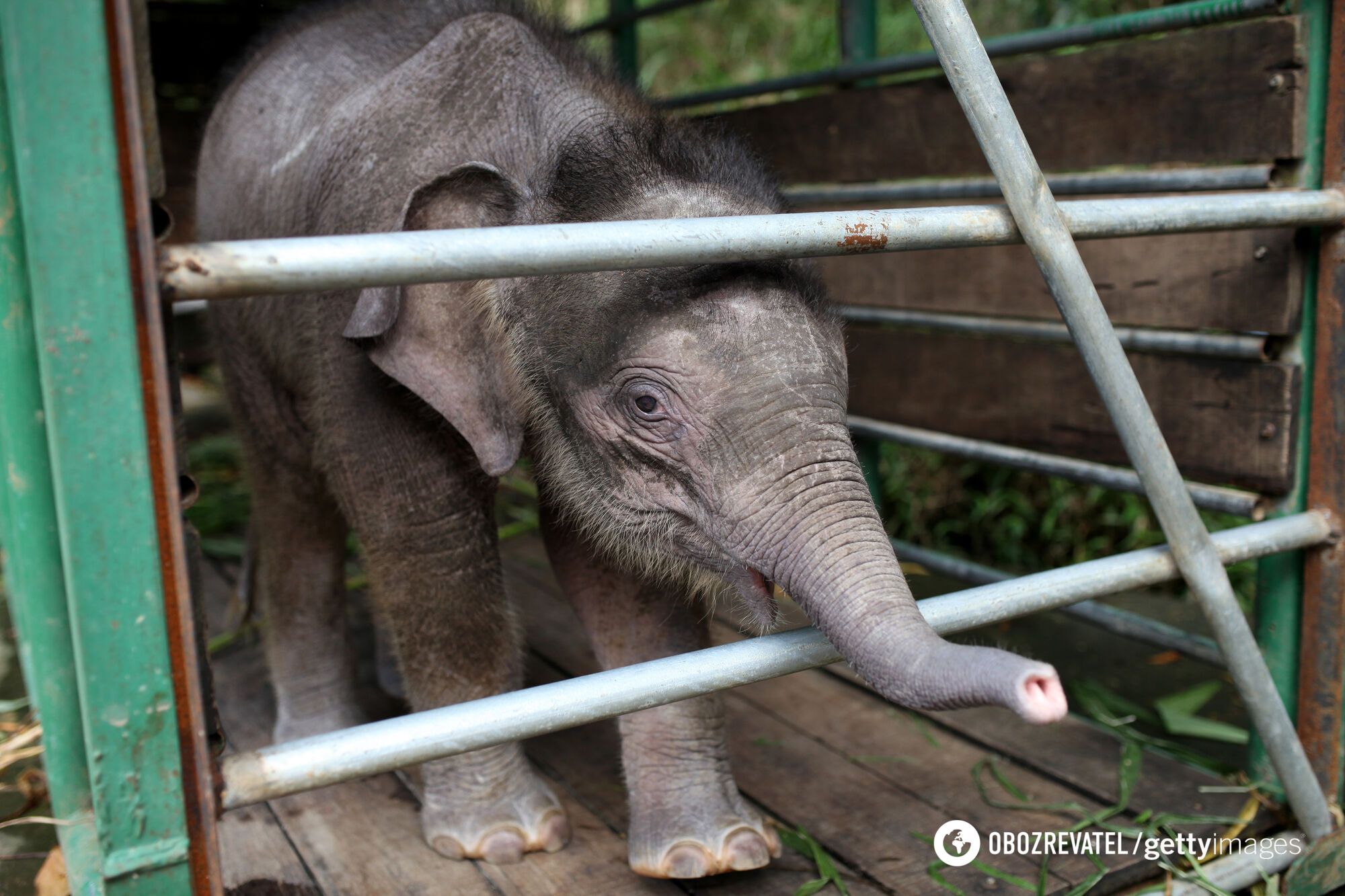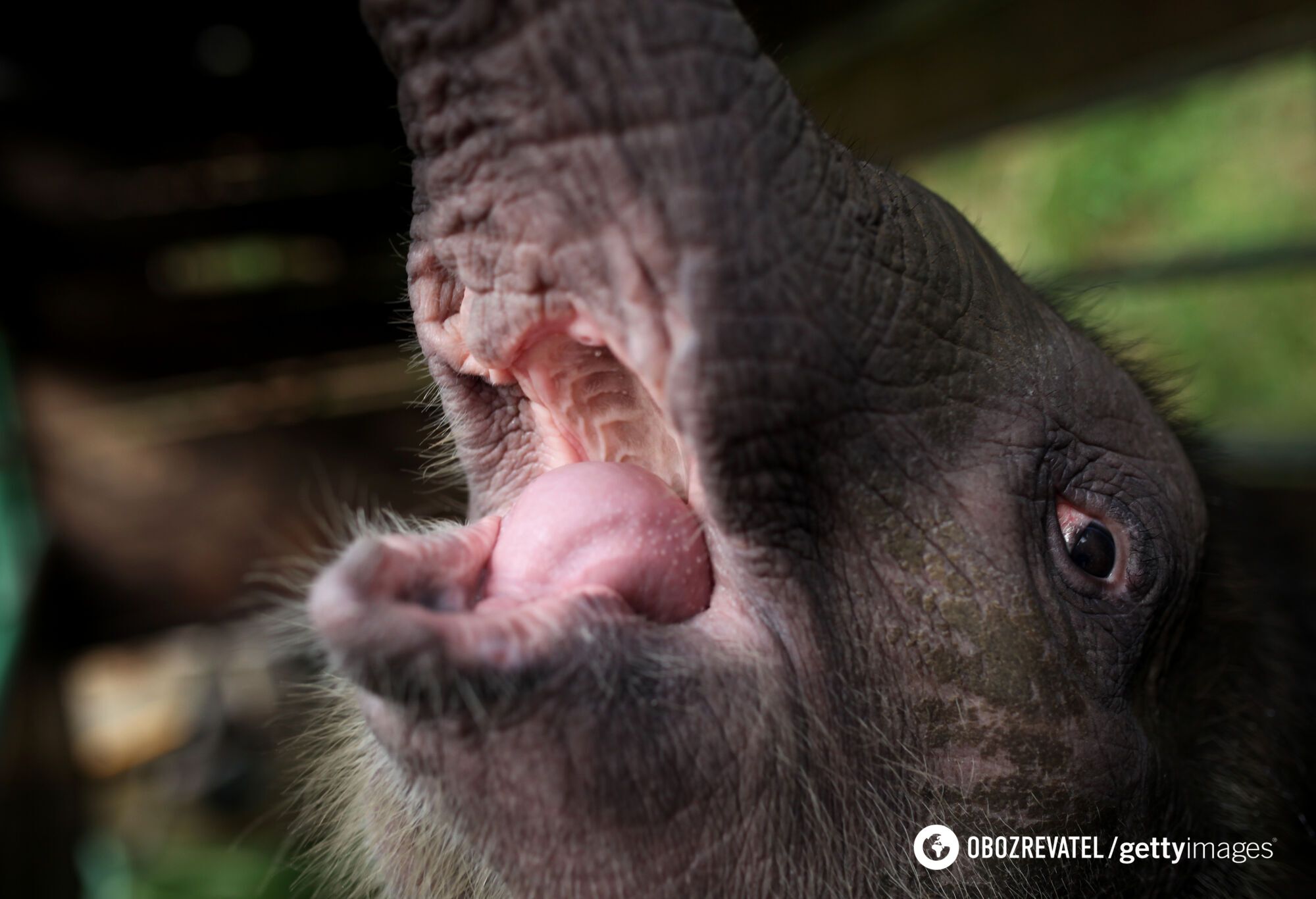News
The smallest elephant in the world may disappear from the Earth. Photo
The smallest elephants in the world, living in the northeast of the Malaysian island of Kalimantan (Borneo), may disappear from the face of the Earth. The number of these dwarf elephants reaches only 1000 individuals.
The IUCN conservation body emphasizes that the Bornean elephant has lost much of its habitat due to deforestation. However, animal rights activists hope to save the unique species of endangered elephants, BBC reports.
Palm oil production is developing rapidly in Malaysia and Indonesia. This has led to large-scale deforestation and loss of wildlife. In search of food, elephants often enter human plantations, where they are poisoned by agricultural chemicals. And there are cases where elephants are sometimes even killed for destroying land. There is also poaching, hunting for expensive ivory.
The Bornean elephant, which is a subspecies of the Asian elephant, lives only on the island of Borneo. However, the origin of these dwarf elephants is still a matter of debate among scientists. Some scientists believe that Bornean elephants have lived on the island of Kalimantan for thousands of years, separating from mainland elephants and becoming a separate population. However, archaeological evidence does not confirm the existence of elephants on this island before the 18th century. DNA tests show that the Bornean elephant population has evolved independently for 30,000 years.
So where these cute dwarfs came from on the island of Borneo and why there are no other similar ones anywhere else in the world is a big mystery to scientists. Therefore, the conservation of this unique species is extremely important.
Benoît Goossens, a wildlife biologist at Cardiff University and director of the Danau Girang Field Center in Sabah, emphasized that there is hope to save these small elephants through conservation work. According to the scientist, the Red List of Threatened Species can help raise awareness of the plight of endangered animals and increase their support.
"In Sabah, there are many organizations, including the government, that are working hard to preserve this species of elephant," said Benoit Goossens.
Professor Adrian Lister of the Natural History Museum in London said the Bornean elephant is unique, from its baby face to its small size.
"We hope that the listing of Borneo's elephants in the Red List will galvanize conservation efforts to protect their habitat. The authorities will now see that the eyes of the world are on this species," Lister said.
Elephants in Borneo are listed in the IUCN Red List as a distinct subspecies of the Asian elephant. "Habitat loss, combined with human-wildlife conflict, continues to pose a threat to both wildlife and the communities that live alongside them. And this has been highlighted by the assessment of Borneo's critically endangered Asian elephants," said Mike Hoffmann, Head of Wildlife Recovery at ZSL.
The latest update to the Red List of Threatened Species highlights the dire data around the world. The IUCN has estimated more than 163 thousand species of animals, of which 45 thousand are endangered.
Only verified information is available on the OBOZ.UA Telegram channel and Viber. Do not fall for fakes!
































